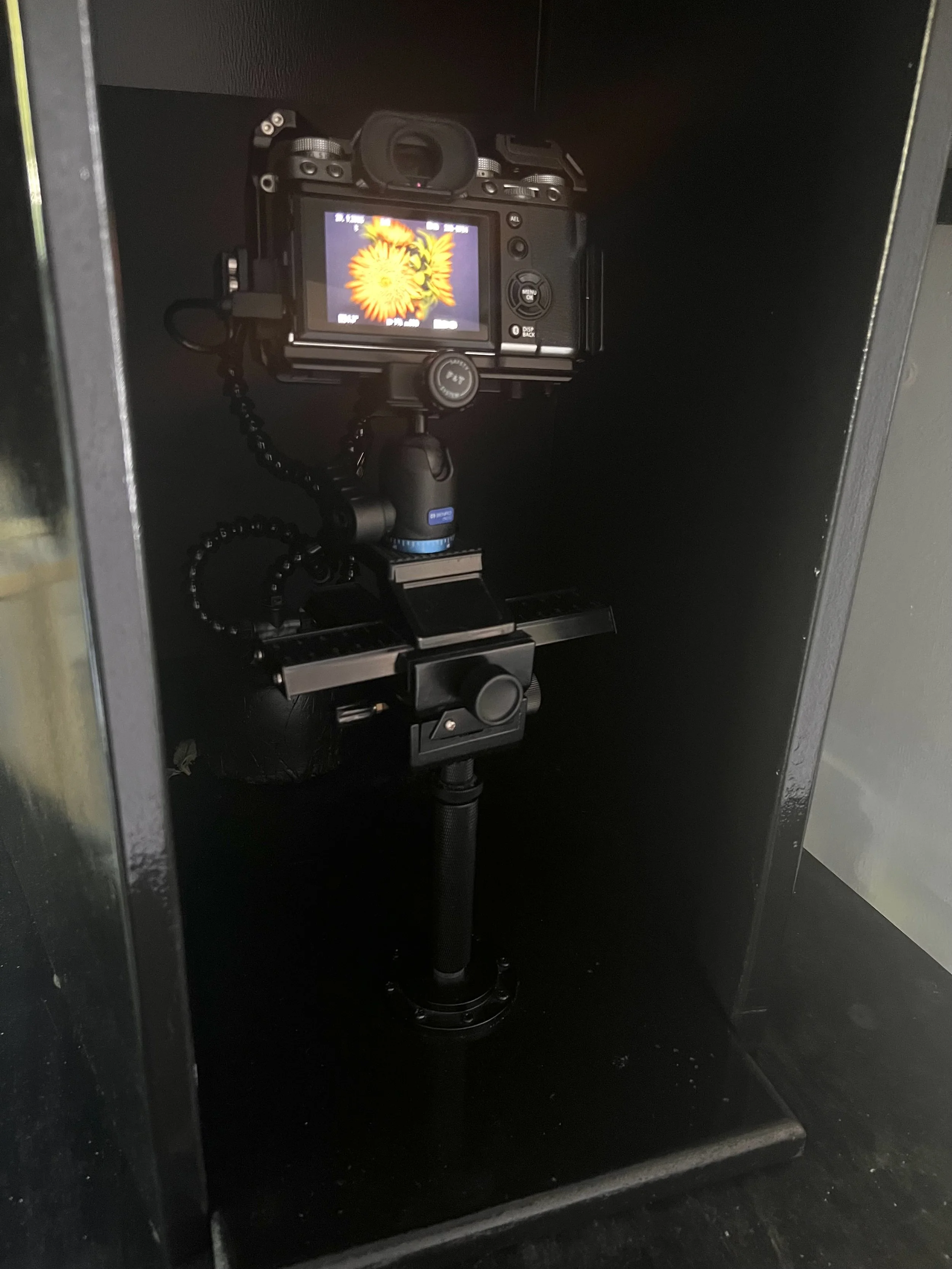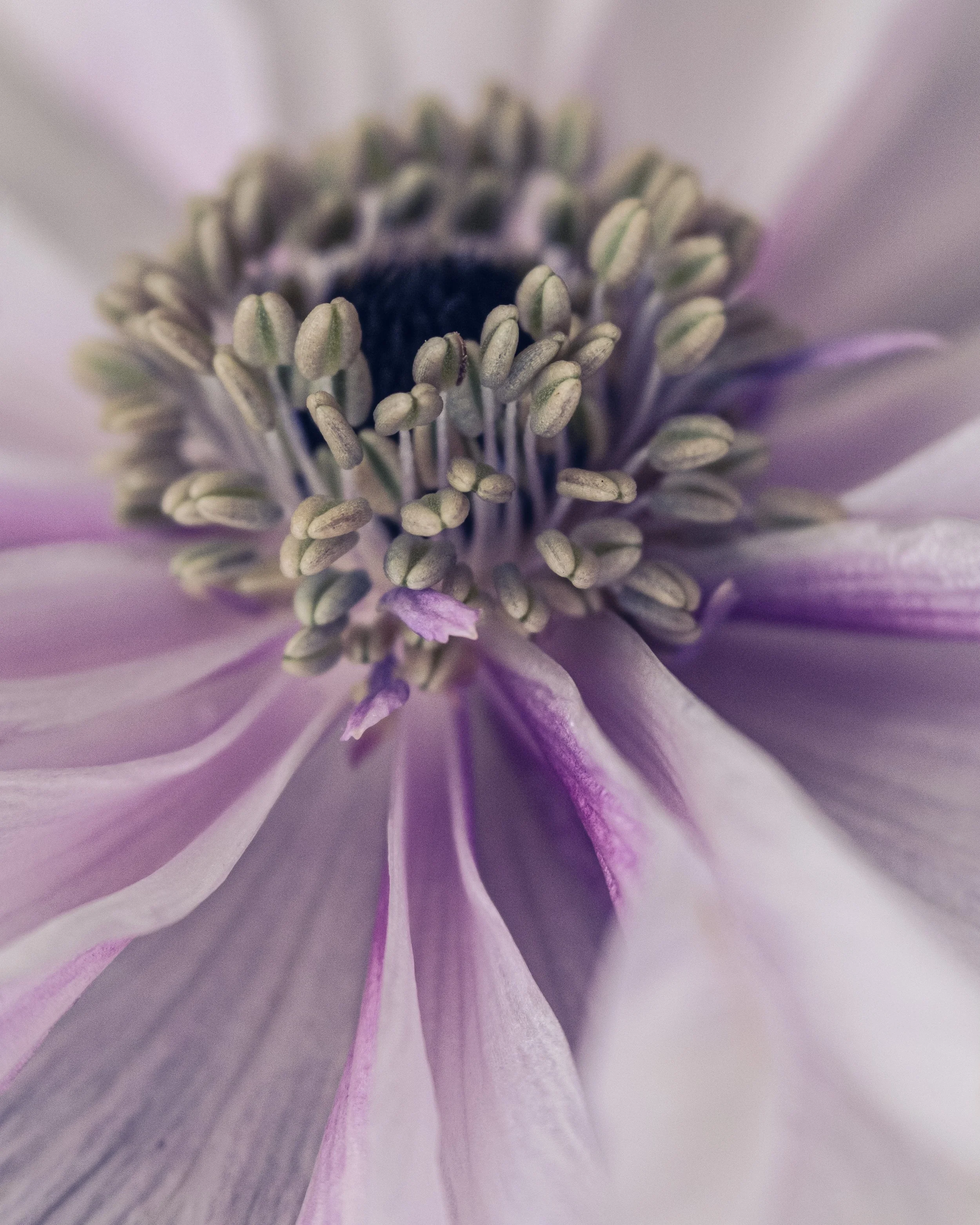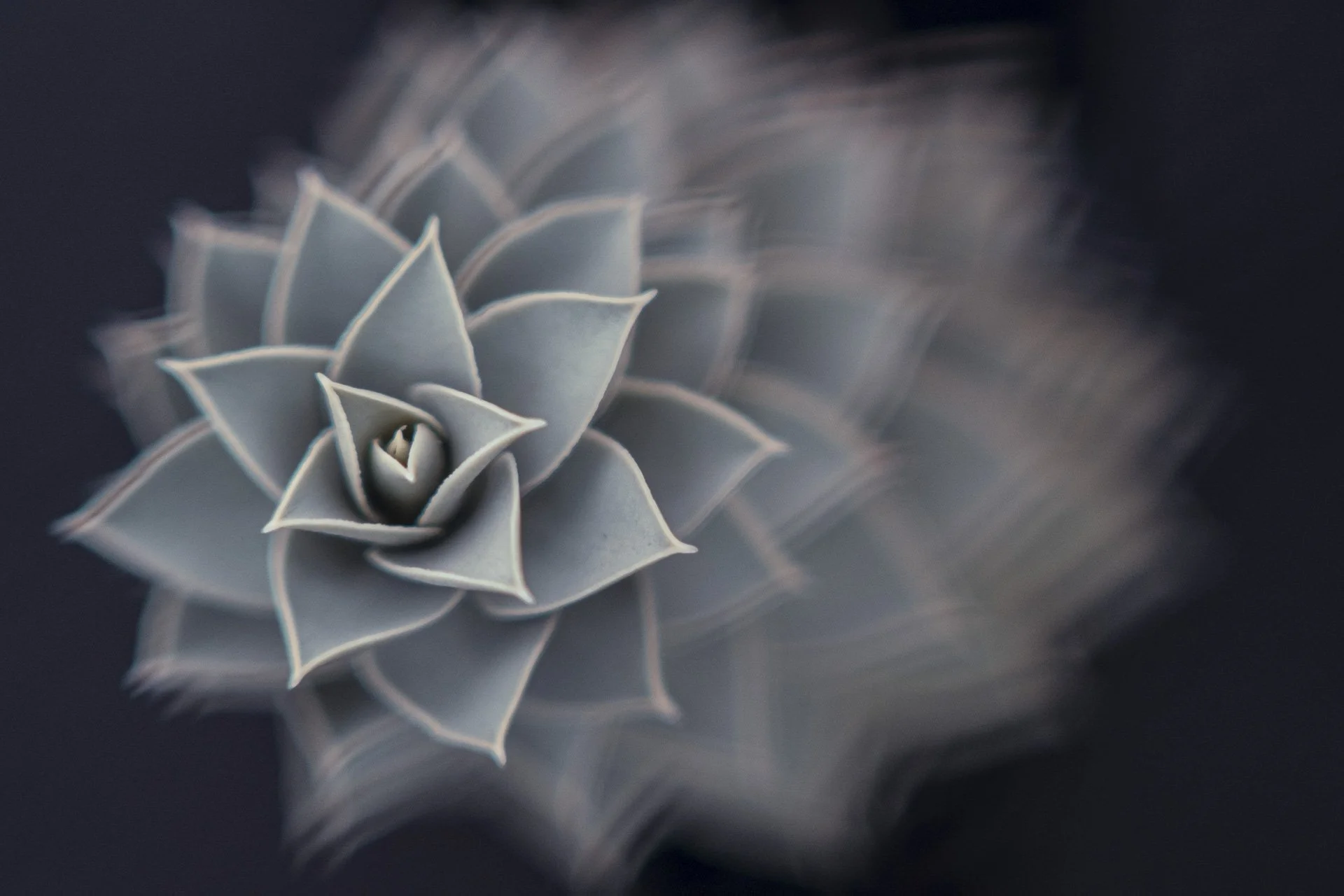I shoot with manual focus 99.9% of the time for my macro images. Which prompts the question: how do I know when my subject is in focus? The answer is that I don’t!!!!
As mentioned in previous blogs, I place most of my subjects in a black box - in order to have limited, controlled light and zero movement. I use a torch to shine onto the section I want to be really sharp, its light helping me to see ultra clearly the detail.
It’s difficult to be absolutely sure if and when I have perfect focus, so I turn the focus dial on the lens slowly, I start to feel confident that I have the focus, I rotate the dial just a little more and the focus drops off. And THAT is the moment I know I did indeed just have the perfect focus, so I turn the dial back again, just a smidgeon and there is my sharpness. So, it’s seeing when the focus drops off, that I know that one step before it was good to go, as opposed to immediately knowing I had it already!
I set the delay timer on my camera to 2 seconds to avoid any movement when I press the shutter.
And, when I change aperture, I again check that my focus is spot on. With macro, the slightest adjustment can knock the focus off.
There are a few other things I use to assist the process:
Occasionally I use peak focus on my camera - dig into your camera’s menu to find it, it’s a handy aid.
I often attach to my camera to my Andycine C7 monitor. Its 7” screen is a positive upgrade on my camera’s small LCD.
Sometimes I tether to my large monitor to offer even greater precision.
And if you are wondering WHY I shoot using manual focus, the answer is that, a few years back, I fell in love with Lensbaby lenses and they all operate with manual focus: a small price to pay for the beautiful results I achieve with their lenses. And I have never looked back. In fact, in using manual focus I have come to enjoy the control.
However, there are moments when I am not using the controlled environment which I describe above, and I am without tripod, without torch etc. In such a situation, I set an approximate focus and then I gently move my camera forwards and backwards to focus, I don’t keep turning the focus dial. It’s a bit hit and miss but if you spend a few minutes doing this, on one subject, you will get some good shots. In fact this more random approach can produce some interesting and unexpected images as seen below. None-the-less, be aware of harsh light and either block the light with your body or diffuse it with a suitable material. Harsh light gives ugly shadows whereas a softer light is far more pleasing.
Above all, enjoy taking your photographs, as your joy will reflect in your images.






